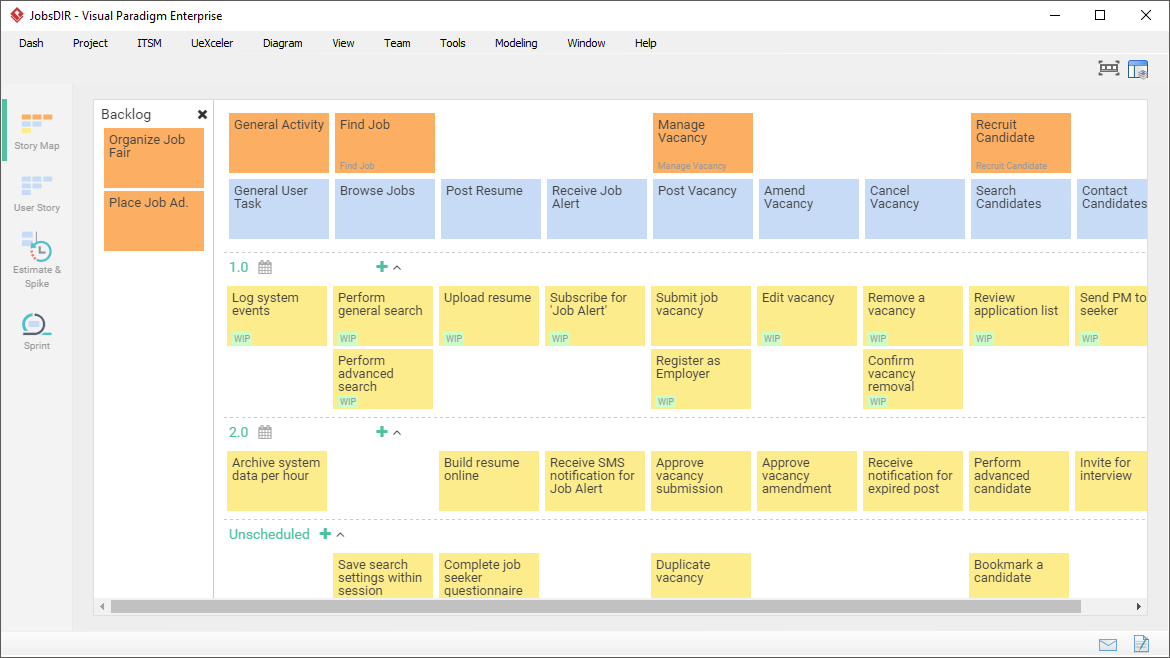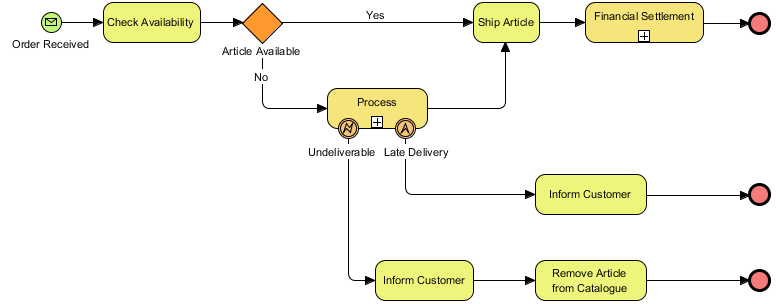The latest update of Visual Paradigm Online features a powerful dashboard software, which is a highly configurable data visualization tool that help people see and understand their data easily. Visual Paradigm Online helps you visualize your data into valuable insights. Build dashboards and perform ad-hoc data analyses in just a few steps. A wide range of chart and graph are available to fulfill different business needs. Together with the intuitive spreadsheet editor, anyone can visualize data in few minutes. No coding, just insight.
Continue reading








